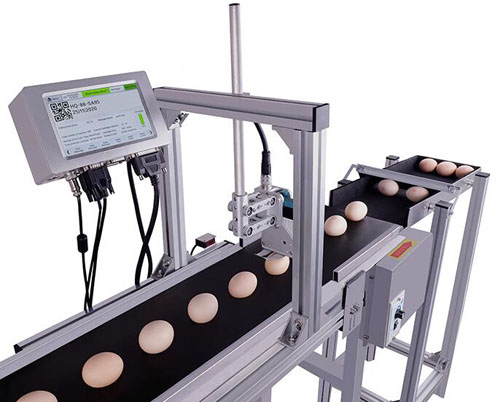Coding and marking machines are essential as industrial printing solutions for today's production lines. However, just as not all machines are created equally, you must be careful in choosing the right equipment to purchase.
Here are some tips to guide you in finding the right coding and marking machine for your facility.
6 Tips for Finding the Right Coding and Marking Machine
1. Consider your operational requirements
It is important to find the right coding and marking machine for your desired application. You should also consider a number of factors to make them useful for your operation.
▴ The budget your company has set
▴ Readability and longevity of the print
▴ The speed you want
▴The type of substrate or material to which the mark will be applied
▴ The data you need, such as bar codes, graphics, and variable data
2. Focus on flexibility
Integration is a very important factor to help you make the most of your coders and markers. With the rapid evolution of technology, automation and integration should be a priority. Stand-alone equipment may no longer be your best choice, especially machine options that can be integrated with other equipment to perform more operations.
3. Choose efficiency
If you can improve coding efficiency, you can reduce the costs associated with the process. Look for coding and marking machines that will save you time and money. This will allow for high volume production while eliminating unnecessary waste of resources.
It is important to look at not only the cost of hardware, but also how much you are spending on supplies and consumables. Often, operating costs must be considered to understand the true value of coders and markers.

评论
发表评论